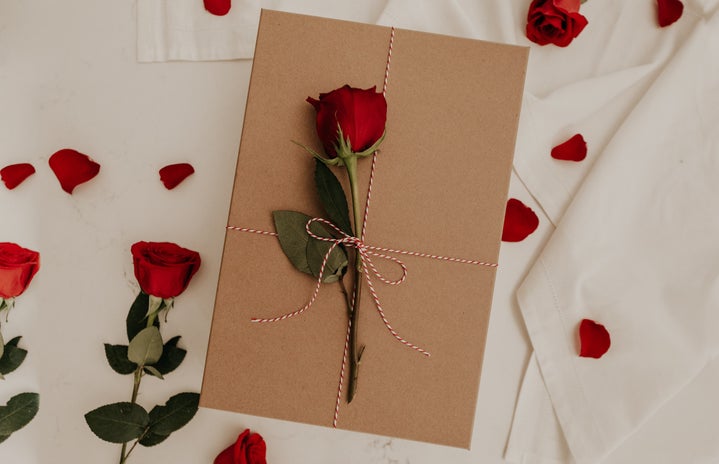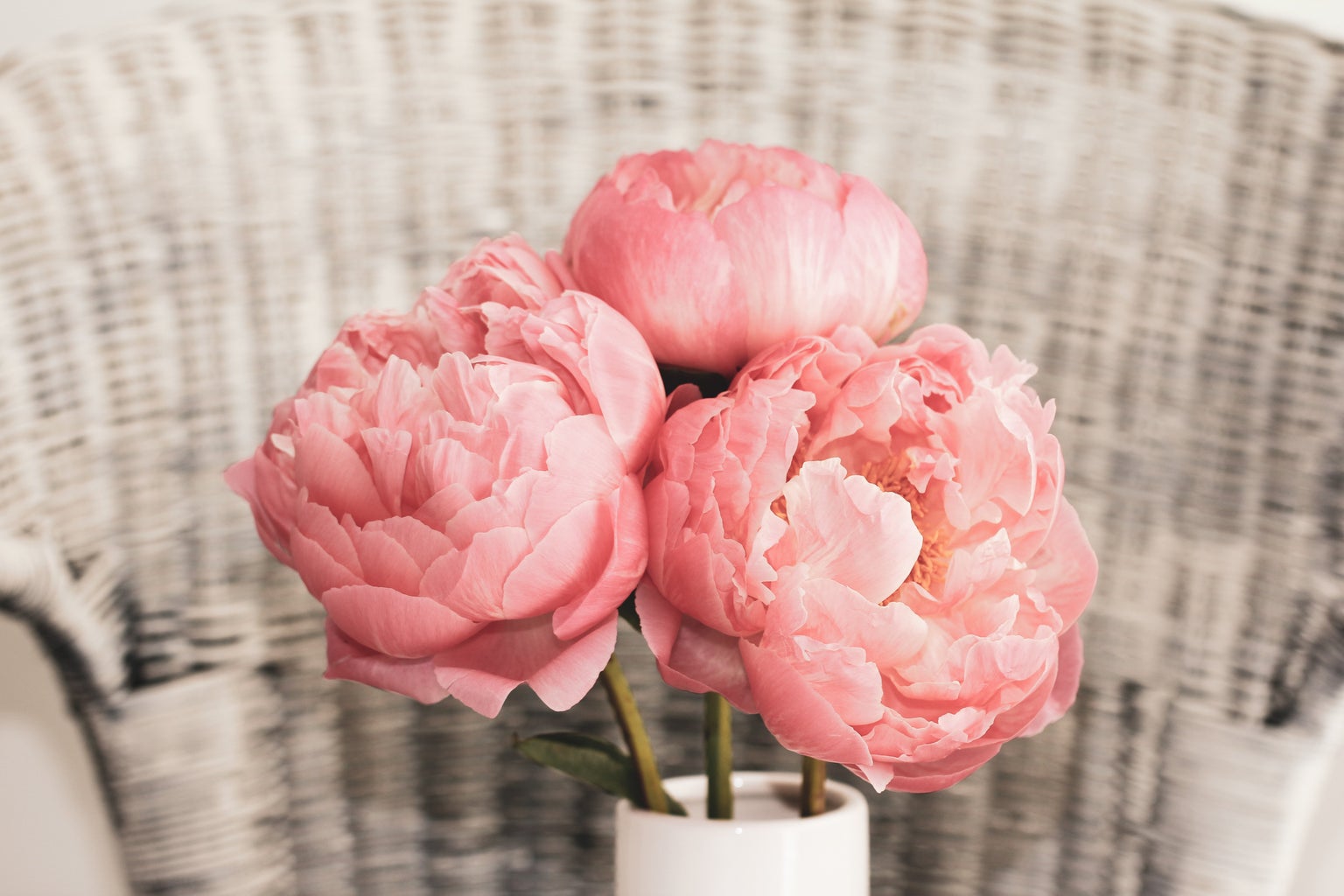Oh Bulgaria, Bulgaria. It seems fitting that I would begin writing this article on March 1st, a day widely celebrated in the Balkans as a beacon of spring. In the same spirit that the traditional red and white bracelets are shown off on the streets today, tied around bronze statues’ wrists, and exchanged among friends in the early dawn, I want to recognize the country that made me who I am today. This is a country that is characterized by its roses, its beaches and ski resorts, and its historic cities. It’s a country that has had a long and weary past, one that still weighs on the minds of its people today, like the ghost of the prick of a thorn on a finger. Above all, it’s a country that perseveres.
Bulgaria boasts both beautiful beaches on the coast of the Black Sea, as well as staggering mountains that have enabled world-known ski resorts such as Bansko to thrive. Along the Black Sea rests Burgas, the fourth-largest city in Bulgaria. Seagulls shriek, ice cream drips down children’s wrists, and lovers promenade in the Sea Garden, a beautiful public park overlooking the sea. The smell of cooked fish wafts through the air from the nearby Alexandrovska Street, arguably the most popular avenue filled with countless restaurants and hobbyists’ booths, dozens of painted shells displayed at their feet. In Pamporovo, wooden chalets dot the white snow, great icicles forming from the A-frame roofs. A red-haired teacher descends the slopes in wide “S”s, a trail of kids following in her ski prints, while parents enjoy a beer in a nearby lodge.
Sofia, the capital of Bulgaria, is located in the west of the country shaped like a lion. Sofians are used to modernity, the Paradise Mall or Hotel Marinela being proof of its progress. But deep in the center of the city or under the Alexander Nevsky Cathedral, the cobblestones are smooth from the millions of shoes that have walked on them. On Graf Ignatiev street, pedestrians and cyclists and cats share the space with trolleys and taxis and though the occasional honk is heard, the balance is always restored. There is space for everyone in Sofia.
Plovdiv, possibly the oldest city in Europe, sits on seven hills, each tepe at once a protector of its citizens and a magnet for tourists. In the Old Town, steep and mischievous side streets part and meet, causing the inattentive tourist to trip or stumble. Small ateliers line them, every craftsman’s open door a silent invitation. Come in, they seem to say. I can teach you everything I know. Back in Kapana, Plovdiv’s creative hub, people of all ages drink coffee and fresh orange juice before crossing the square and popping into a store for their afternoon shopping.
In its centuries-old existence, Bulgaria has seen a lot, often suffering at the hands of its foreign rulers. Yet, hundreds of years later, full, pink roses continue to blossom in tiny village gardens and vast fields alike, countless bulging pink heads that fill the air with their trademark scent the world has come to recognize as well as the promise of resilience and longevity.
Can’t get enough of HC UMass Amherst? Be sure to follow us on Instagram, listen to us on Spotify, like us on Facebook, and read our latest Tweets!




